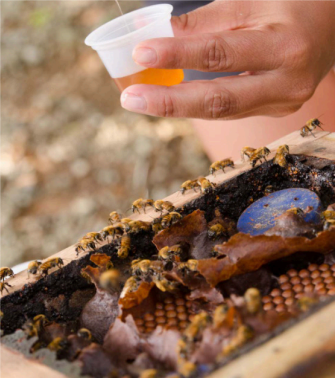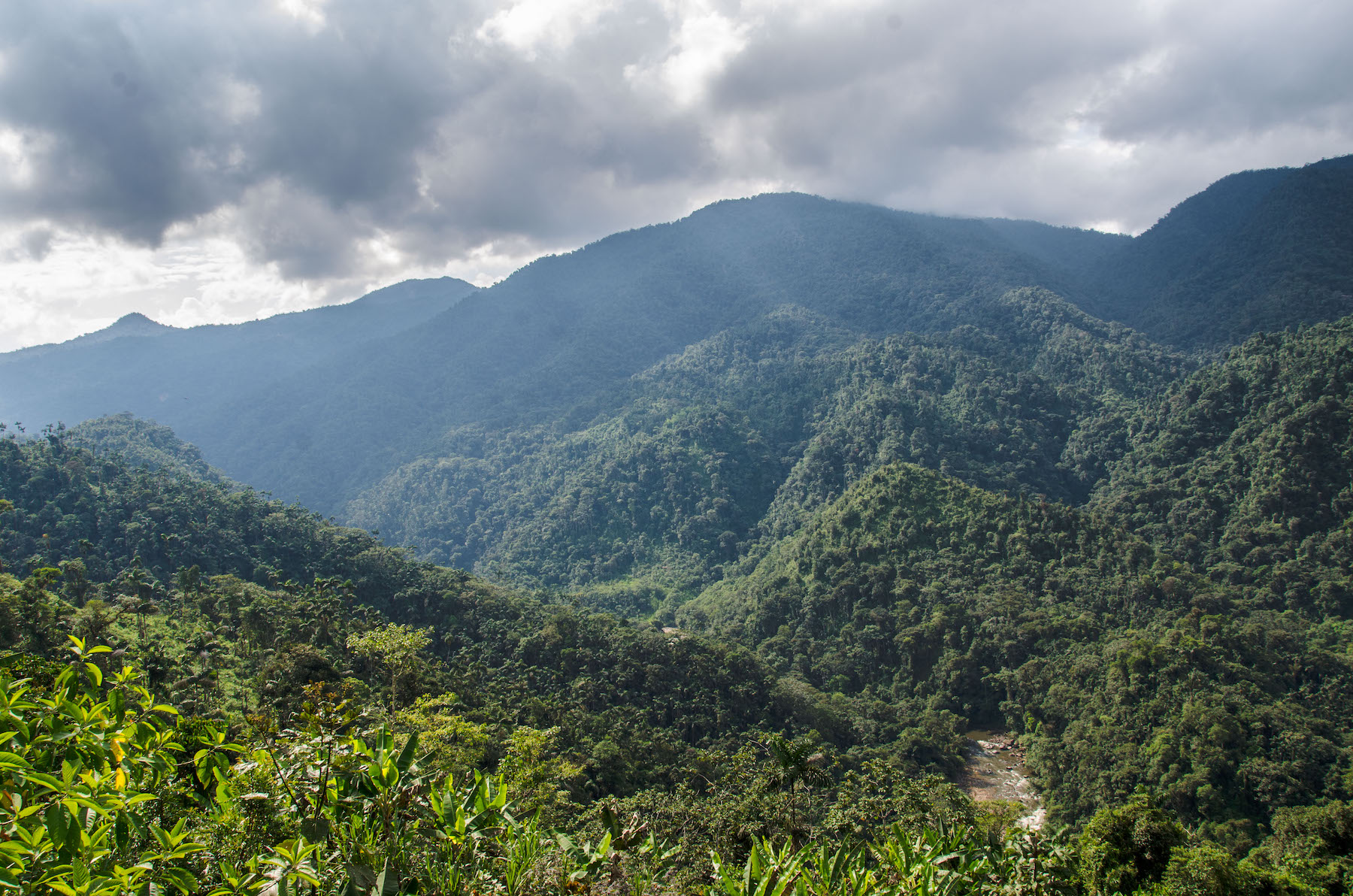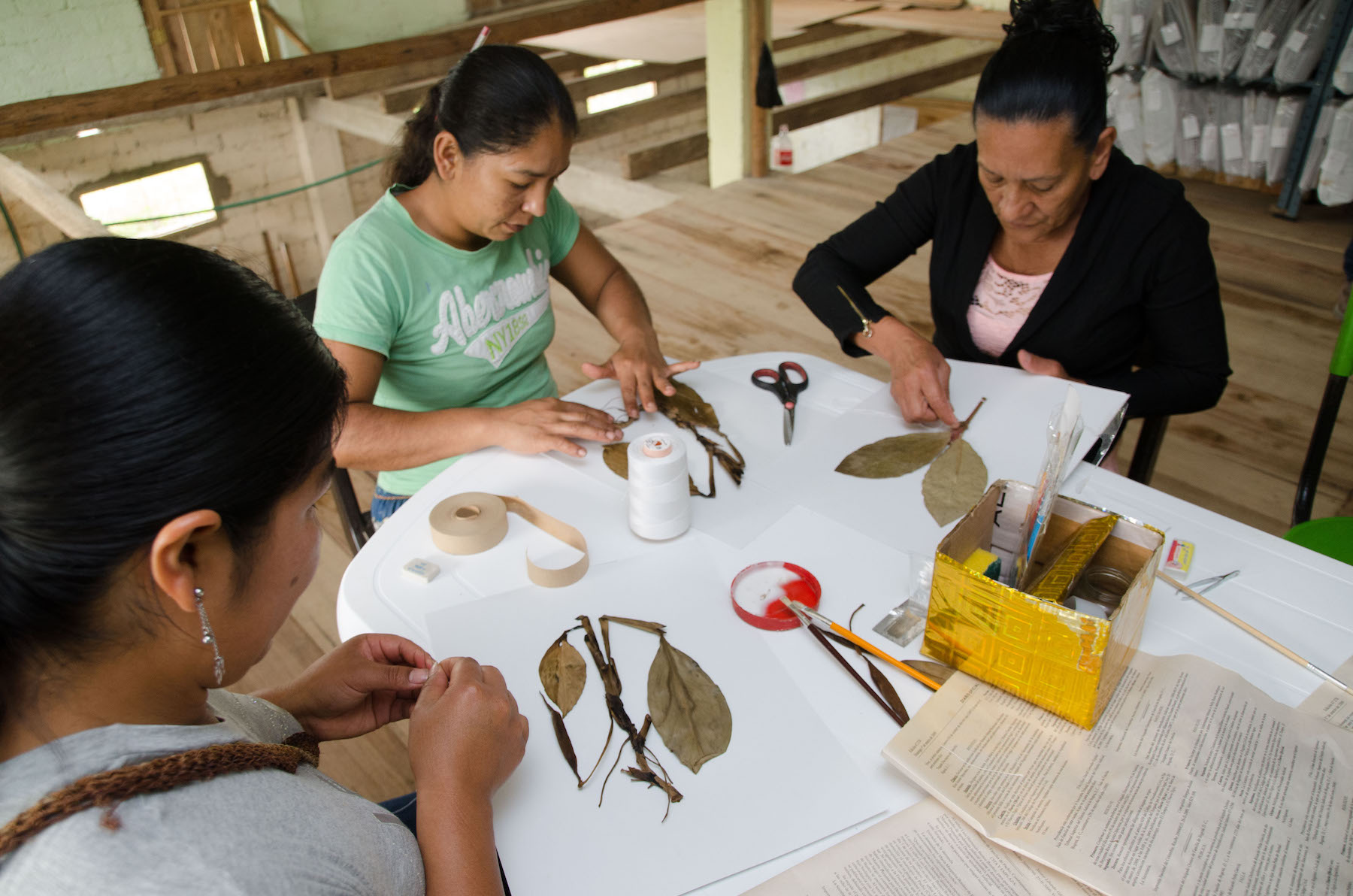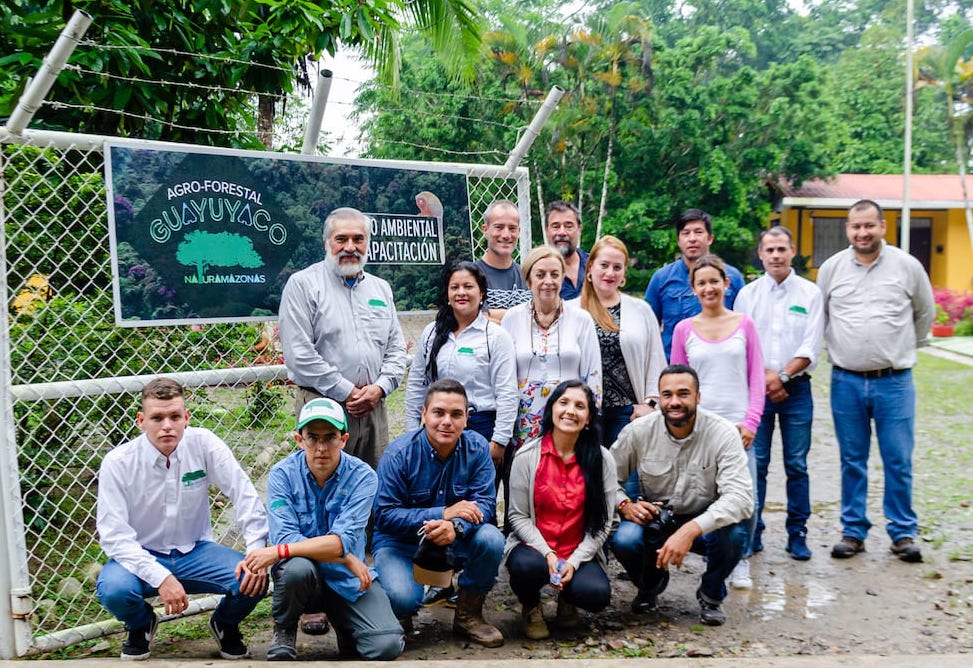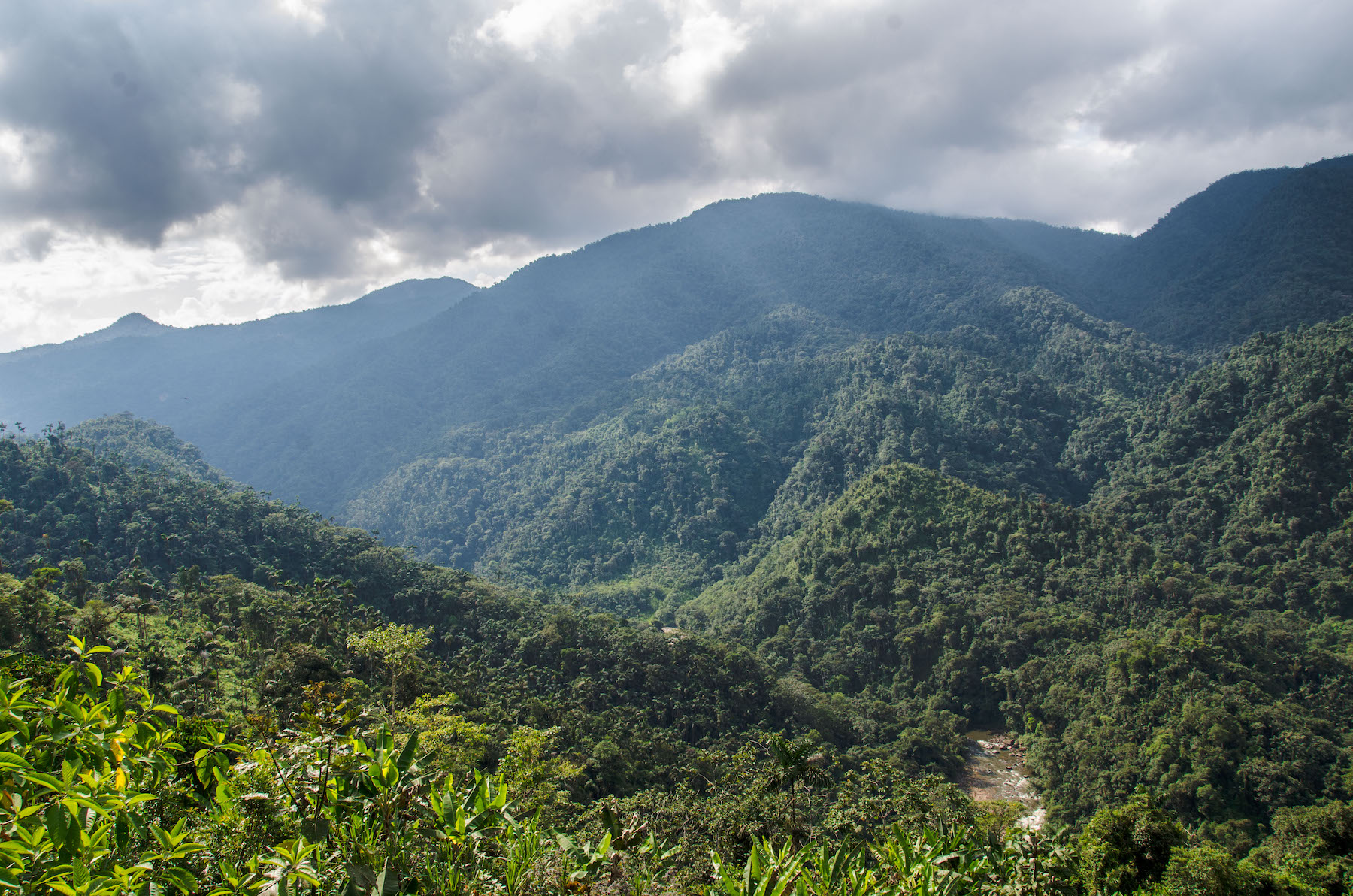Gran Tierra Energy’s Flagship Environmental Initiative in Collaboration with Conservation International
NaturAmazonas, the flagship conservation program started by GTE and Conservation International, has grown into an alliance of public and private institutions working together to address the root causes of deforestation. It works to develop solutions for reversing the process, while increasing the well-being of nearby communities. NaturAmazonas is expected to capture and sequester approximately 8.7 million tonnes of CO2 over the life of the project, equivalent to 22 years of GTE’s Scope 1 and 2 emissions from 2022.
GTE’s program has grown into a joint effort between the Colombian Ministry of the Environment and Sustainable Development, regional environmental agency, Corpoamazonia, and NGO Conservation International which oversees the project. The overall objective is to create the conditions required to protect and conserve Colombia’s Amazonia region by planting millions of trees and conserving land to restore important forested lands, helping residents live and work in greater harmony with the forest, and fostering partnerships amongst the institutions needed to effect long-term change at scale.
In its first six years, this USD $13 million initiative has reforested and ecologically restored over 1,400 hectares of land and has attracted additional partners interested in moving this revolutionary program forward. In 2023, Gran Tierra will extend the NaturAmazonas program another four years and continue its industry-leading reforestation which will be implemented by Conservation International.
Visit the NaturAmazonas website by clicking here: https://www.naturamazonas.org.
Benefits to Local Communities
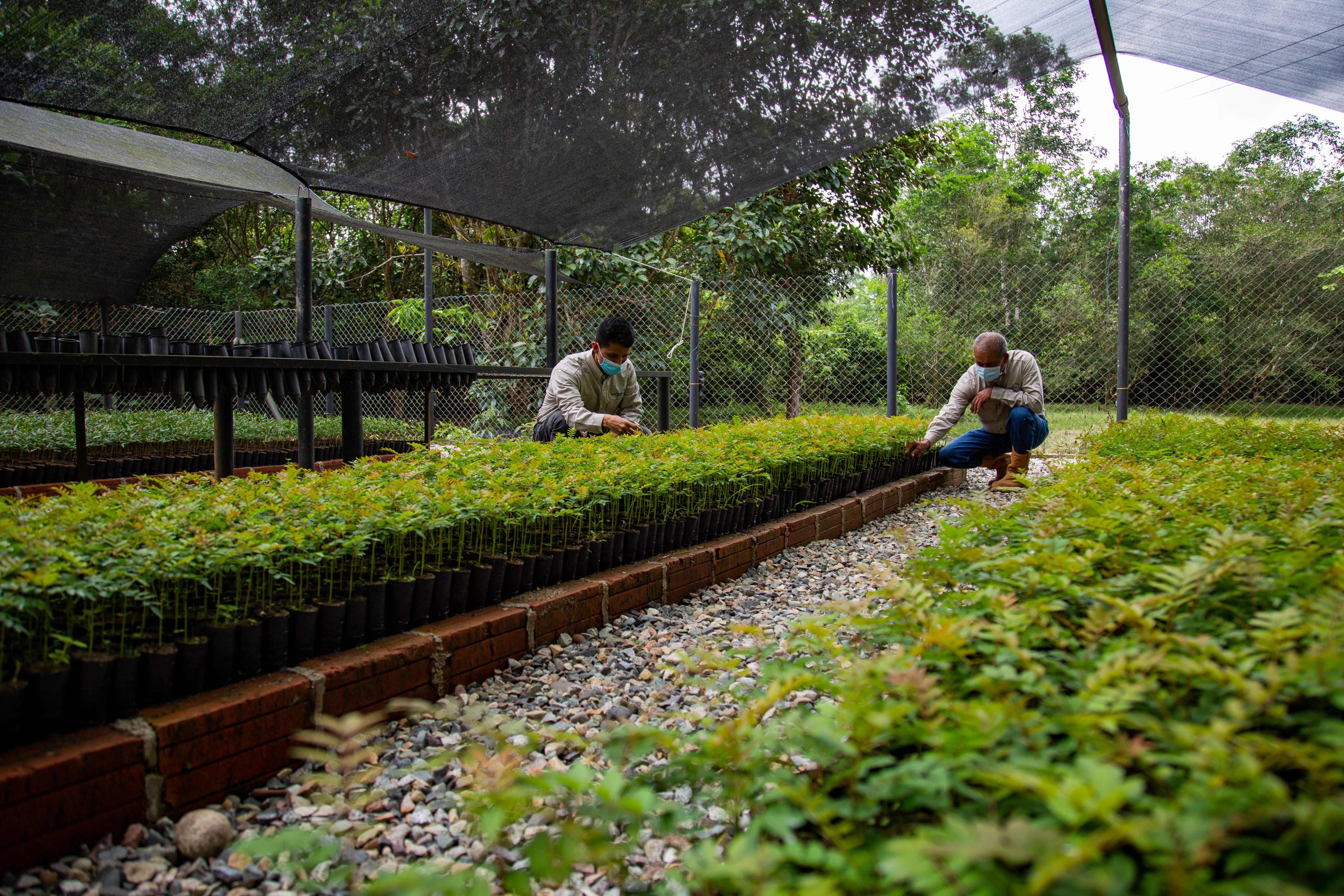
It is our hope that NaturAmazonas will benefit not only the natural environment but also will bring economic and social development to the Putumayo region in the Post Conflict era. NaturAmazonas has four major components to maximize its benefits for local communities in the Putumayo:
Inter-Agency Coordination
Helps connect with partners for current and future conservation efforts
Knowledge Generation
Creates research opportunities for local residents
Socioeconomic
Identifies training and business opportunities for local residents for sustainable economic development
Sustainable Production
Implements sustainable management plans for natural forest ecosystems
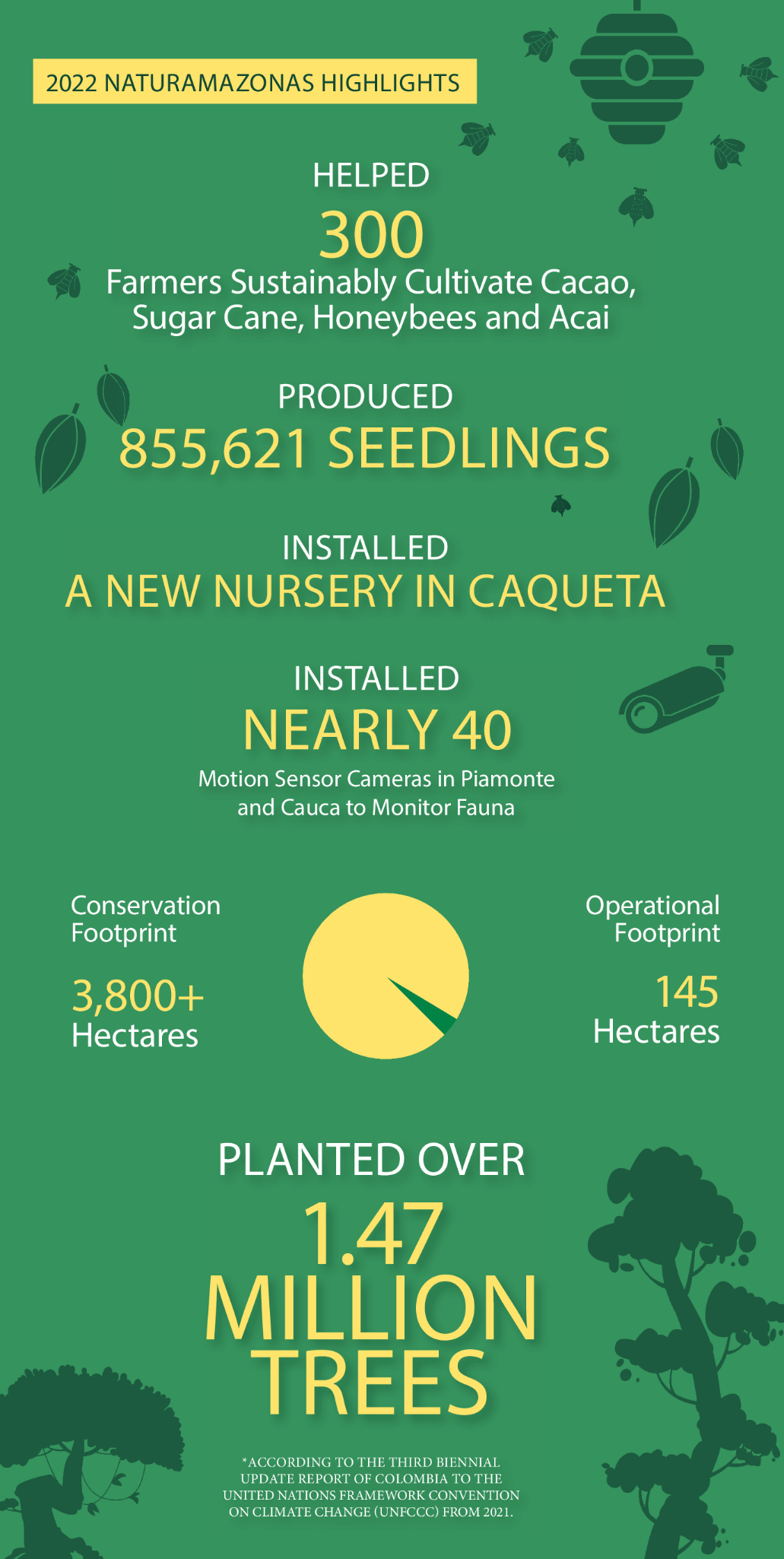
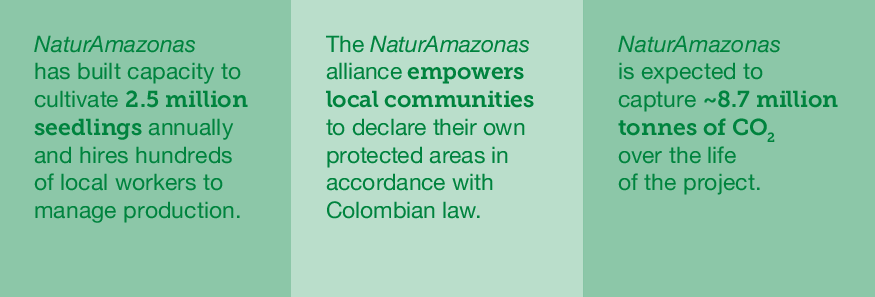

Conservation and Prosperous Communities
Gran Tierra Energy’s expanded NaturAmazonas program, Conservation and Prosperous Communities is designed to promote economic sustainability and conservation for rural communities in Putumayo.
Conservation and Prosperous Communities has included financial and technical support that establishes sustainable agricultural practices, with connections to regional and national markets. This program works to support family food security needs, all while developing zoning areas for forest conservation and restoration activities. In 2022, 210 hectares of crops in sustainable agroforestry systems; 183 hectares of cacao and 27 hectares of palm hearts associated with acai were planted. In addition, technical and maintenance support was provided to 439 hectares of cacao trees that the beneficiaries had already established, 80% of which are in production.
Agroforestry Centres
The Guayuyaco Agroforestry Centre in the town of Piamonte was converted and refurbished from an abandoned social site of a nearby Indigenous Inga community and is capable of growing over one million seedlings each year to support the reforestation initiative. Dozens of women from Miraflores and the surrounding areas carry out planting work at the Guayuyaco Agroforestry Centre. Cacao seedlings are spliced together to develop high quality and resilient varieties of the crop.

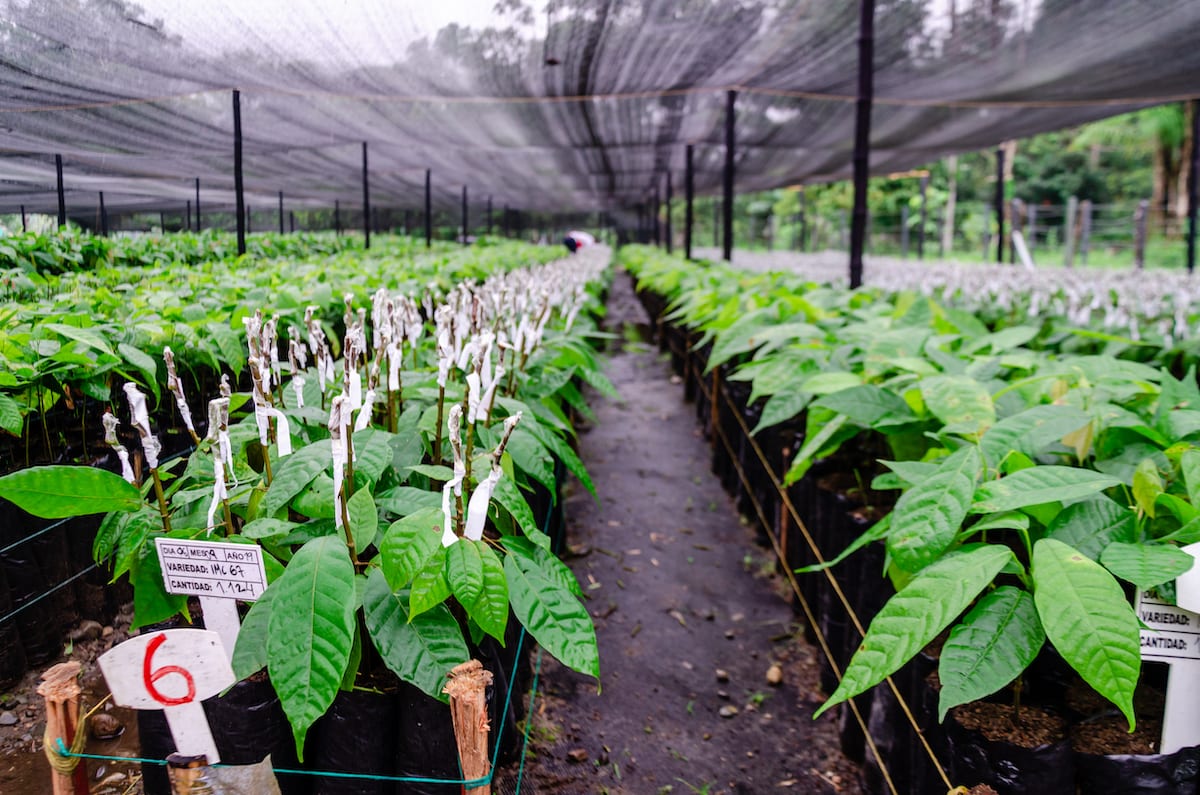
The Sacha Wasi Agroforestry Centre located in El Mesón, Villagarzón has a production capacity of one million seedlings per year, a total area of 8.06 hectares, and is designed with spaces to store materials, equipment and supplies. This agricultural-focused nursery includes specific areas for preparation and bagging of the substrate, irrigation, germination, management and sowing modules.
Knowledge Generation
Local residents have been hired for expeditions deep into the Piedmont, collecting and categorizing over 10,000 specimens of native plants. They are referred to as Guardians of Botanical Knowledge and they build their knowledge about the native plants and contribute to the creation of important mapping of the botanical make-up of the forest in their areas. New species of plants, have been discovered by the Guardians.
So far, 27,000 specimens have been collected and processed, 1,404 of species have been identified, two of which are new for Colombia and over 130 people have directly benefited from the project.

Botanical Health Development Through Beekeeping
Thousands of bees swarm around unprotected beekeepers, who are not concerned because these are stingless bees, native to this part of the Amazon rainforest. It had previously been illegal in Colombia to cultivate stingless bees, but Gran Tierra worked with the Colombian authorities to change the regulations to allow local people to engage in this important line of sustainable production through the company's NaturAmazonas program. The bees pollinate plants and trees, supporting reforestation and contributing to botanical health while also producing honey for the farmers—a valuable, durable commodity with appeal in both local and national markets.
There is a high demand for stingless bee syrups, which have a number of different flavours, and keepers can also rent the bees out to local farmers for pollination, providing yet another stream of income. The association of beekeepers continues to grow, with over 300 current members having been trained and certified. Participants are selected based on the optimal distribution of bees and trees for future reforestation.
